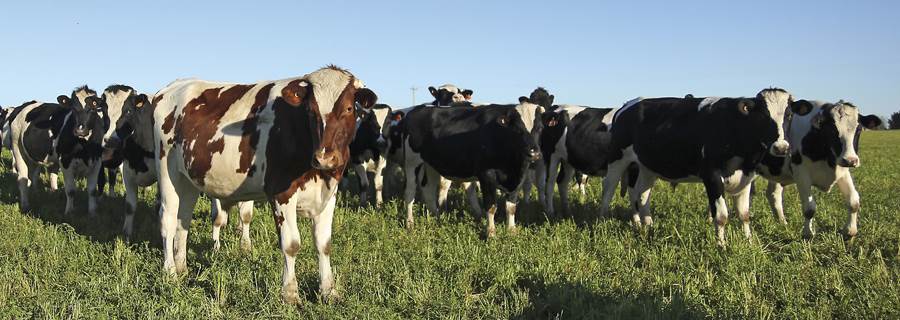The importance of animal welfare to the leather industry
About this essay
Nothing to Hide Essay Two was first published in 2014. The updated information in this new version has come, principally, from a talk that Professor Temple Grandin of Colorado State University gave to the UK’s Agriculture and Horticulture Development Board (AHDB) in February 2021: www.ahdb.org.uk.
Dr Grandin was inducted into the Colorado women’s Hall of Fame in 2012 for her work on livestock welfare and her life story is the subject of an award-winning film made by television company HBO; actress Claire Danes plays the part of Dr Grandin in the film: www.grandin.com
This updated essay also includes information about programmes connected to animal welfare that leather manufacturing groups have launched in recent years. These include JBS Couros’s KindLeather initiative, PrimeAsia’s Responsibly Raised and ISA TanTec’s Greener Pastures: www.kindleather.com; www.primeasialeather.com/sustainabilty/responsibly-raised; www.liteleather.com/uploads /media/ main/Green%20Pasture%20Protocol.pdf
Executive summary
Animal welfare strategies have long been at the forefront As well as being an authoritative speaker and writer on the subject of how meat companies should treat cattle, Dr Temple Grandin developed a now widely used scoring system that tells big corporations how well their animal slaughter operations are working. She has said many times that she believes her own situation as a person with autism has helped her understand much better the way animals experience the conditions that people impose on them.Her belief is that farmers, meat companies, retail groups and consumers have the right to raise, own, sell and buy cattle, and the meat and by-products that derive from the animal’s slaughter. However, she is adamant that this brings with it responsibilities to care for the animals and treat them well up to the point of slaughter.
In recent years, tanners, the principal users of the main by-product from cattle slaughter, have also begun to address questions about animal welfare, prompted mainly by their consumer-facing customers. Most consumers are still inclined to accept the use of materials or products of animal origin, but, increasingly, they require reassurance that the animals were well looked after while alive.
No cattle, sheep or goats are raised for their hides and skins, which means that, for leather manufacturers, animal welfare concerns must focus on careful raw material sourcing strategies, constructive dialogue with their upstream supply chain partners and transparency in the information they share with their customers.
As this essay makes clear, the leather industry of the 2020s is responding well to this challenge.




